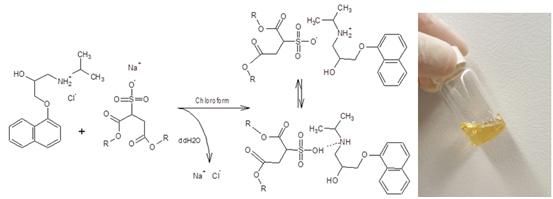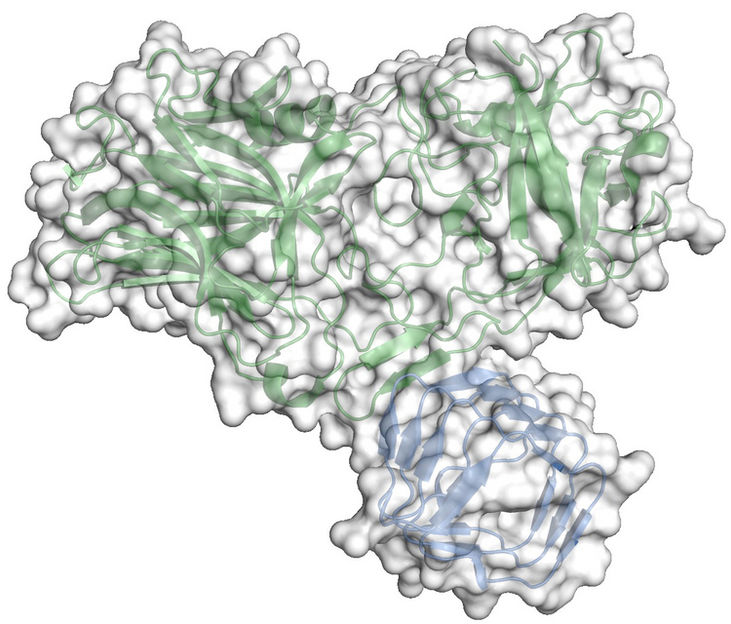Avian flu viruses which are transmissible between humans could evolve in nature
Advertisement
Avian flu viruses which are transmissible between humans could evolve in nature
Research provides insight into feasibility of virus becoming airborne transmissible
It might be possible for human-to-human airborne transmissible avian H5N1 influenza viruses to evolve in nature, new research has found. The findings, from research led by Professor Derek Smith and Dr Colin Russell at the University of Cambridge, were published in Science.
Currently, avian H5N1 influenza, also known as bird flu, can be transmitted from birds to humans, but not (or only very rarely) from human to human. However, two recent papers by Herfst, Fouchier and colleagues in Science and Imai, Kawaoka and colleagues in Nature reveal that potentially with as few as five mutations (amino acid substitutions), or four mutations plus reassortment, avian H5N1 can become airborne transmissible between mammals, and thus potentially among humans. However, until now, it was not known whether these mutations might evolve in nature.
The Cambridge researchers first analysed all of the surveillance data available on avian H5N1 influenza viruses from the last 15 years, focusing on birds and humans. They discovered that two of the five mutations seen in the experimental viruses (from the Fouchier and Kawaoka labs) had occurred in numerous existing avian flu strains. Additionally, they found that a number of the viruses had both of the mutations.
Colin Russell, Royal Society University Research Fellow at the University of Cambridge, said: "Viruses that have two of these mutations are already common in birds, meaning that there are viruses that might have to acquire only three additional mutations in a human to become airborne transmissible. The next key question is 'is three a lot, or a little?' "
The scientists explored this key question using a mathematical model of how viruses replicate and evolve within a mammalian host and assessed the influence of various factors on whether the remaining three mutations could evolve in a single host or in a short chain of transmission between hosts.
"With the information we have, it is impossible to say what the exact risk is of the virus becoming airborne transmissible among humans. However, the results suggest that the remaining three mutations could evolve in a single human host, making a virus evolving in nature a potentially serious threat," said Derek Smith, Professor of Infectious Disease Informatics at the University of Cambridge. "We now know that it is in the realm of possibility that these viruses can evolve in nature, and what needs to be done to assess the risk more accurately of these mutations evolving in nature."




























































